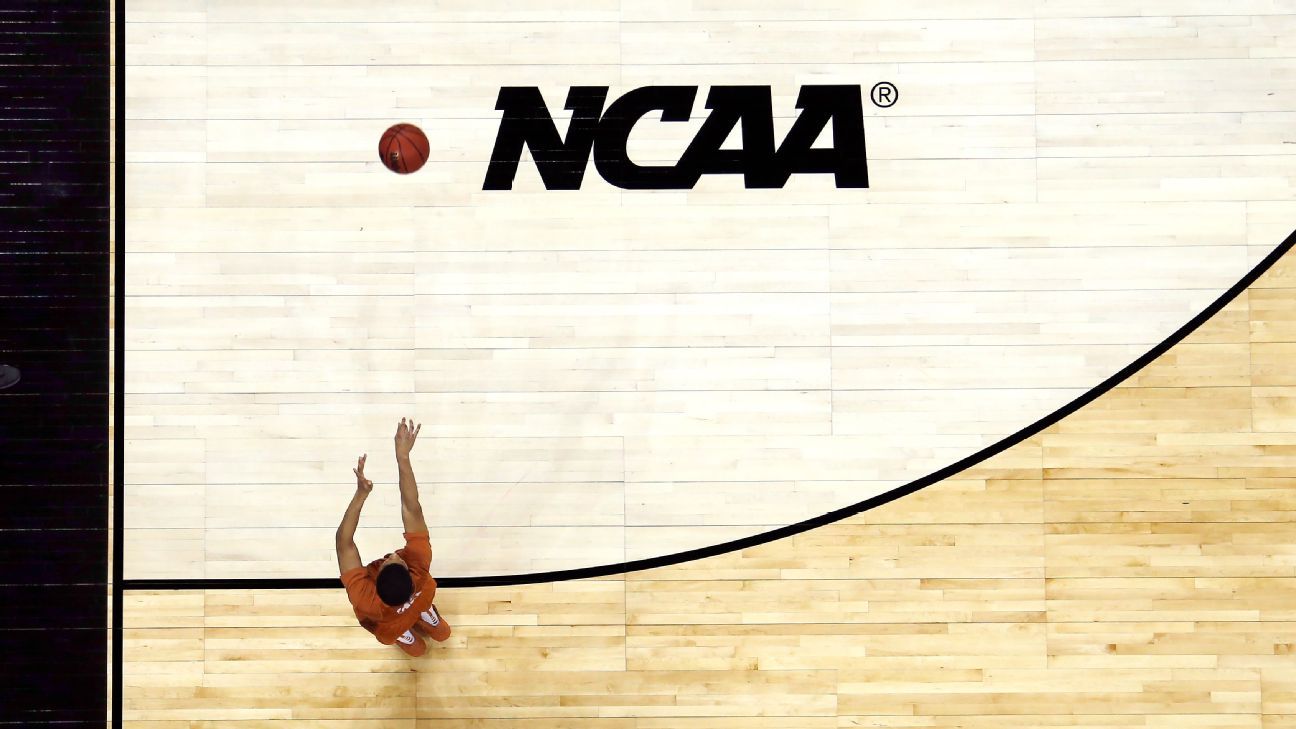
It might be slightly more difficult to make 3-pointers next season.
The NCAA Men's Basketball Rules Committee has proposed moving the 3-point line back to the international basketball distance, more than one foot farther than the current line.
The international 3-point line is 22 feet, 1¾ inches, while the current 3-point line is 20 feet, 9 inches. It was moved from 19 feet, 9 inches prior to the 2008-09 season.
The proposal must next be approved by the Playing Rules Oversight Panel on June 5. If passed, it would go into effect next season in Division I and, because of potential financial impact, the 2020-21 season for Divisions II and III.
"After gathering information over the last two seasons, we feel it's time to make the change," said Colorado coach Tad Boyle, the committee chair. "Freedom of movement in the game remains important, and we feel this will open up the game. We believe this will remove some of the congestion on the way to the basket."
The 2018 and 2019 National Invitation Tournaments used the international 3-point line among experimental rules.
According to the committee, moving the 3-point line back would clear the lane for more drives to the rim, make 3-point shots more challenging and therefore less prevalent, and improve offensive spacing.
"The time is right because it gets college guys close to the NBA line," Villanova coach Jay Wright told NCAA.com. "The shooting has improved enough that moving back is warranted. The line back will create better spacing and help with freedom of movement."
The committee also recommended four other proposals:
• Resetting the shot clock to 20 seconds after offensive rebounds;
• Players being assessed Flagrant 2 technical fouls and ejections for using derogatory language about an opponent's race, ethnicity, religion, gender, sexual orientation or disability;
• Allowing coaches to call live-ball timeouts in the last two minutes of the second half and overtime;
• Conducting instant replay review for goaltending or basket interference calls in the final two minutes of the second half and overtime.















 Phone: (800) 737. 6040
Phone: (800) 737. 6040 Fax: (800) 825 5558
Fax: (800) 825 5558 Website:
Website:  Email:
Email: 






